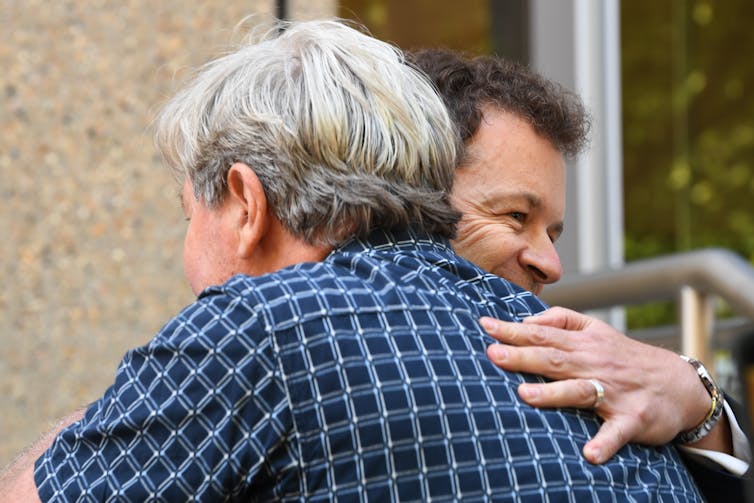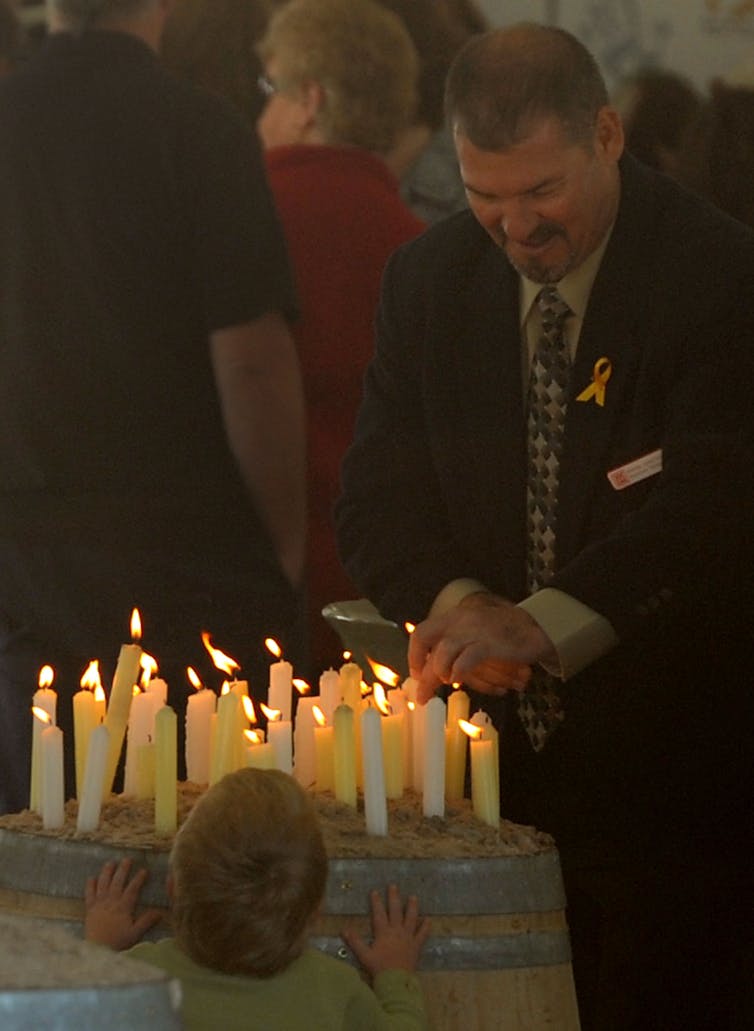December 13, 2018
Law and order is no get-out-of-jail card for floundering politicians
With confidence in politicians at an all-time low, it would be easy to assume criminal law-making is only ever about “law and order” bidding and winning elections.
For example, when it emerged that when he killed one man and injured two others in Bourke Street, Melbourne, on November 9, the Victorian opposition reiterated its plan for a .
This was classic law and order politics ÔÇô though it Victorian Liberal leader Matthew Guy had hoped.
All instances of criminal law-making (or promising) deserve scrutiny ÔÇô especially if they raise concerns that politicians might be politicising the law for electoral advantage. However, it would be a mistake to assume this is the only way criminal laws are made.
We are part of a examining how, when and why criminal laws are made. What drivers and processes sit behind the moment when an attorney-general stands up in parliament and introduces a new bill? And how do we assess what makes a good process?
So far, weÔÇÖve found there is a stark difference between the careful evidence-based, deliberative and consultative processes associated with the criminal lawÔÇÖs use against some harms ÔÇô like domestic violence ÔÇô and the ÔÇťurgentÔÇŁ non-consultative law-making with others ÔÇô like terrorists and outlaw motorcycle gangs.

Recently in NSW, we saw an interesting variation on the familiar law and order auction. In the second last parliamentary sitting week for 2018, the Berejiklian government launched something of a pre-emptive strike ahead of the state election in March 2019. In the space of three days, the NSW parliament enacted . Here we highlight some examples illustrating the diversity of ways criminal laws get made.
In the words of NSW Attorney General Mark Speakman, the :
introduces a number of reforms aimed at keeping the community safe, including from the risk of terrorism and other high-risk offenders, bushfires, child abuse and the supply of drugs causing death.
Here, a diverse range of harms are ÔÇťknittedÔÇŁ together through a narrative of community fear, anxiety and need for protection. Despite these common themes, the changes to the criminal law made by this bill have different origins.
For example, the introduction of higher penalties for lighting bushfires was influenced by whatÔÇÖs been happening in other states, and a determination to ÔÇťkeep upÔÇŁ. As the attorney-general put it: this will ÔÇťensure that the New South Wales penalty is now the equal toughest in the countryÔÇŁ.

The new homicide offence of drug supply causing death has a different back-story. After two festival in September this year, NSW Premier Gladys Berejiklian appointed an expert panel to advise the government on what law reform and other strategies could prevent further tragedies. A new offence was one of the .
The same bill also increased penalties for the crime of concealing a child abuse offence ÔÇô a crime introduced in June this year following recommendations of the . Attorney-General Mark Speakman explained that this amendment, just six months later, was because the government had:
listened to the voices of the more than 13,000 people who signed a petition calling for tougher maximum penalties for the concealment of child abuse offences.
The expanded the definition of the in NSW to cover ÔÇťcyberbullyingÔÇŁ. The attorney-general told parliament the ÔÇťbill will be known colloquially as "DollyÔÇÖs LawÔÇŁ, in tribute to 14-year-old Amy ÔÇťDollyÔÇŁ Everett, who in January this year following persistent bullying and abuse, including cyberbullying.
He thanked DollyÔÇÖs parents who had ÔÇťworked tirelessly, campaigning and raising awareness about the potentially devastating effects of bullying and cyberbullyingÔÇŁ.
The created a new offence of strangulation. A 2017, report found the offence of choking did not cover all the ways in which domestic violence strangulation can occur. This new offence is an example of change underpinned by careful consideration of the available evidence by an expert body and that can rightly be said to fill a gap in the criminal law.
When many countries are grappling with , it is timely to reflect on how the community figures in these examples: victims whose loss is the catalyst for change; a collective of persons in need of protection; and law-makers. The NSW attorney-general described some recent criminal law changes as ÔÇťcitizen law that if individual citizens lobby hard enough and speak to politicians they can effect changeÔÇŁ. He hoped that ÔÇťin some small way this will restore some peopleÔÇÖs confidence in our democracy and the ability of citizens to effect changeÔÇŁ.
The idea of ÔÇťcitizen lawÔÇŁ is interesting. Is it the process that most inspires confidence and democratic legitimacy? What is gained (and lost) if a government is more attuned to the voices of regular people, including victims and their families, than to experts, like lawyers and academics?
The answers are not straightforward. Our research suggests it is important to avoid simplistic accounts of what drives criminal law-making. And, as the shows, politicians should be wary of putting all their eggs in the .![]()
, Professor of Law, and , Associate Professor of Law,
This article is republished from under a Creative Commons license. Read the .
╠ý├└┤ź├Żapp academics exercise academic freedom by providing expert commentary, opinion and analysis on a range of ongoing social issues and current affairs. This expert commentary reflects the views of those individual academics and does not necessarily reflect the views or policy positions of the University of ╠ý├└┤ź├Żapp.
:format(jpg)/prod01/channel_3/assets/live-migration/www/images/content/groups/public/web/media/documents/mm/uow254563.jpg)